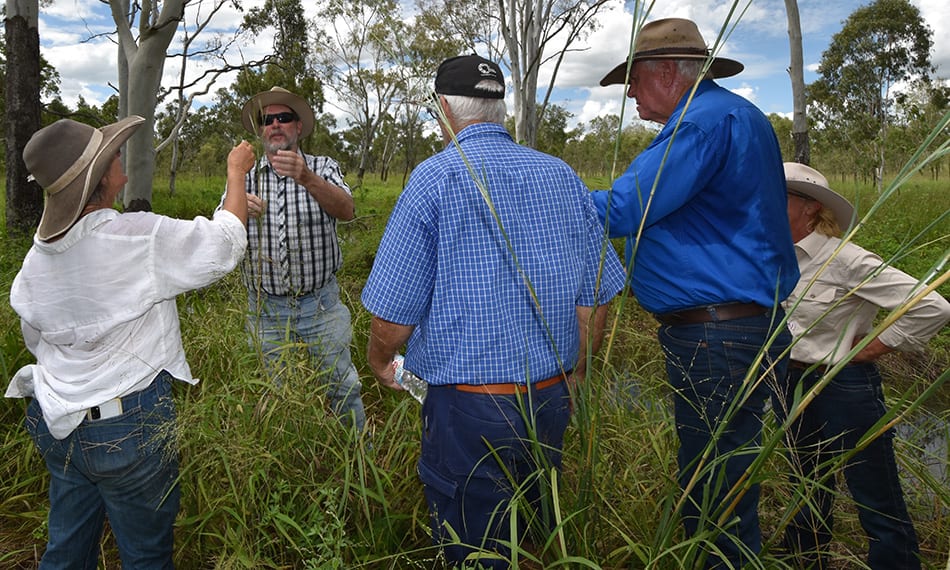
Pasture grass identification the focus of Mt Pleasant field day
A well-managed pasture provides a security blanket for the land, good nutrition for livestock, and a healthy bottom line.
Ecologist and botanist Dr Greg Calvert was guest speaker at a pasture species identification field day held at the Mt Pleasant Learning Hub, near Bowen in April.
As well as helping landholders identify grass species on their local patch, Greg discussed how productivity of grasslands depended in part on their diversity of species and functional composition.
Landholders also learned how successful use of grazing for biodiversity enhancement requires careful planning and should be adapted to local conditions. This requires understanding grass growth cycles and how grazing affects their regrowth.
Field day host, Jamie Gordon talked about how he implemented grazing schedules based on how much herbage each paddock had at any given time. He said doing a forage budget, measuring pasture and making effective grazing decisions based on this data could provide a real competitive advantage.
Through NQ Dry Tropics’ Landholders Driving Change project, landholders in the Bowen and Collinsville region are developing grazing strategies to enhance local biodiversity and improve long-term production capacity.

Field day participants led by Dr Greg Calvert (second from left) undertake a field walk to identify plant species.
